Fun Things to do in Alicante, Spain
'Pa'lante, como los de Alicante'? - ‘Forward, like the people of Alicante’. This saying is well known not only in the immediate area but also across Spain.
Coined due the hardships endured by the locals after centuries of too much war and not enough water, mercifully today the city is a bustling, upmarket hotspot for both Spaniards and international travellers.
Why visit Alicante?
As ever with Spain’s coastal cities, beaches are its biggest draw, but unlike gaudy Benidorm up the coast, Alicante has a depth of historical attractions and charm that its highrise neighbour lacks.
Castles, museums, high-end shopping, excellent restaurants - and of course lots of fabulous beaches - await those keen to explore what could be the pearl of the Costa Blanca.
Here we’ve collated some essential things to do in Alicante and its surroundings.
Where is Alicante?
Alicante is located on Spain’s Costa Blanca (or ‘white coast’). More than 300,000 people call it home.
It takes 2.5-3 hours to travel to Alicante by air from the UK, depending on which airport you use.
While it doesn’t attract as many foreign visitors as nearby Benidorm, it offers more in terms of authentic Spanish charm.
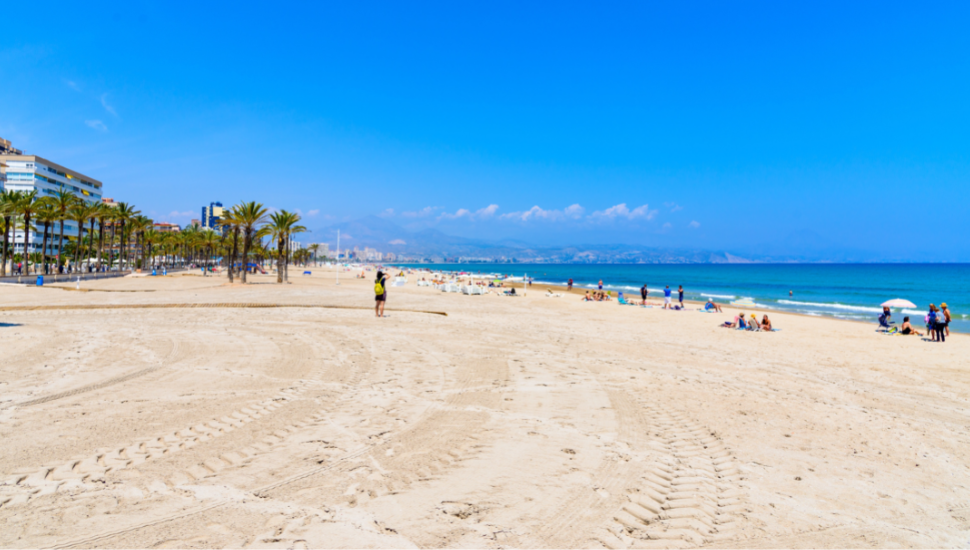
Alicante beaches: What are the best beaches in Alicante?
Like much of the Costa Blanca, Alicante is blessed with numerous superb beaches. After all, they are the lifeblood of the nation's tourist industry.
Playa de San Juan
Hop on Alicante's inexpensive tram system and alight at Mucho Vista.
The 20-minute route edges the Mediterranean, so expect some great views.
At Mucho Vista, you'll be a stone's throw from Playa de San Juan, a wide sandy beach that stretches on for miles.
If you're not too fond of crowds, arrive early in the morning - otherwise you'll encounter a classic people-filled Spanish beach.
Playa de l'Almadrava
If you need some guaranteed quiet on your beach trip, make for Playa de la Almadraba - a short tram ride from Playa de San Juan.
This small Alicante beach is perfect for watching the sun go down.
Platja del Postiguet
Located near Alicante's city centre and old town, Platja del Postiguet is surprisingly clean for an urban beach.
Naturally, it can get rather busy on hot days (sunbeds are at a premium) but visit early and you'll have plenty of space.
Being near the city, this key Alicante beach has plenty of snacks and refreshments close at hand.
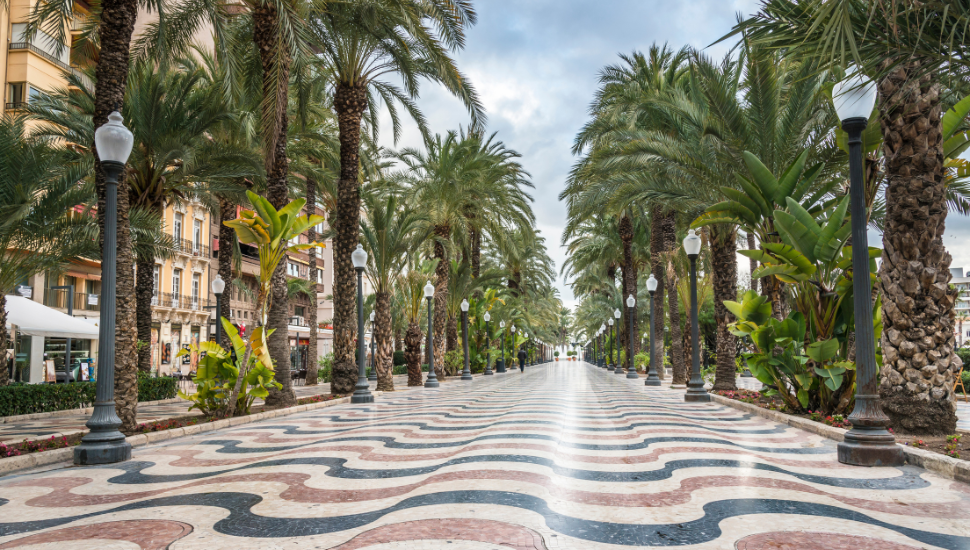
Passeig Esplanada
If you're based near the heart of Alicante, chances are you'll often find yourself on la Passeig Esplanada.
Shaded by palms and free of traffic, it's an enjoyable walkway for daytime relaxing.
Passeig Esplanada is also the ideal location for a sundowner drink, edged as it is with a multitude of bars and restaurants.
Second only to Barrio de la Santa Cruz in terms of nightlife, this is a must-experience location and prime among Alicante things to do.
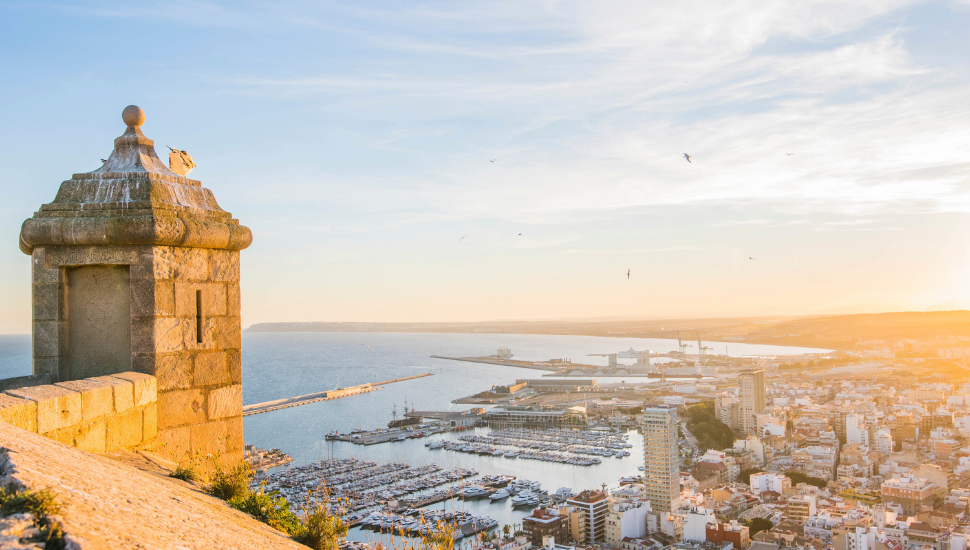
Castillo de Santa Barbara
Perched 166m over Alicante is Castilllo de Santa Barbara, affording near-panoramic views of the city below.
The structure's history stretches back 1,000 years, embodying the many ups and downs of the city.
The castle was built to defend Alicante, and has been destroyed and rebuilt several times over the centuries.
Its sister fortification, San Fernando Castle, is located on Tossal hill.
It's easily the main historic attraction of Alicante, so we've covered how to enjoy it in some detail.
How to reach Castillo de Santa Barbara
The easiest way to access the castle is via a special lift.
Located by the main beach, Playa Postiguet, the lift costs 3.75 euros there and back, although pensioners and those with disabilities can use it for free.
The lift is ideal if you have mobility issues, or you simply want a simple, quick way of exploring the castle.
Alternatively you take the public bus or visit by car.
Of course, the most physically demanding method is by foot - but this will be rewarding for more active visitors.
You'll get to see the little cobbled streets and traditional homes on the route up Benacantil hill, and watch as more and more of the city comes into view.
If visiting in summer, be sure to take water and lather on plenty of sunscreen.
Is visiting Castillo de Santa Barbara suitable for people with mobility issues?
If you have a disability, be aware that the castle has a number of ups and downs.
Those in wheelchairs may find the steeper slopes a challenge - particularly near the upper reaches of the castle.
It's worth checking with the local tourism authority before you use the lift, as it has suffered from infrequent mechanical issues since it opened.
How much does it cost to visit Castillo de Santa Barbara?
Unlike the lift, access to the castle is free.
How to enter the castle?
Cars, buses and pedestrians will arrive at the main entrance.
Like most castles, it was built to have only one access point. However, over the years a number of other routes have appeared - but are only accessible by foot.
You can also reach the main entrance by passing through the ancient mediaeval wall.
You can also hop in a taxi or book a Cabify ride to reach the castle entrance.
The castle has its own car park, but this has been closed for some time in an effort to conserve the area.
Among things to do in Alicante, this castle should arguably top every visitor’s hit-list.
Ereta Park
Ereta park, located outside Santa Barbara castle, can be enjoyed by those taking the walking route to the castle.
Free water fountains are located in the park - and will be much appreciated on a hot day.
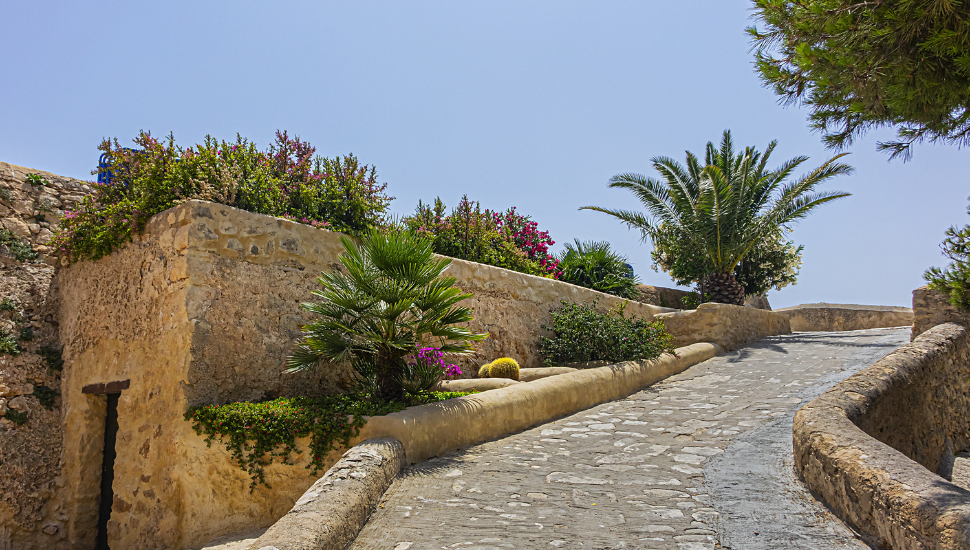
Not sure if you should walk up?
If you're moderately fit, you might take the lift up, then walk down. However, negotiating the many steps of the castle itself is unavoidable.
Visiting on foot is a great way to see Ereta park and the Santa Cruz neighbourhood.
Transport recap - For visiting Castillo Santa Barbara
- Lift - €75, including return trip (down trips are free for all)
- Bus - CSB line, connecting museum MARQ and the castle (there are no other stops). The bus goes every 20 minutes, or every 7 minutes when a cruise ship is docked. €45 for a single.
- Taxi
- Cabify ride
- On foot
Access will be denied 30 minutes before the castle closes, although it shuts at 11pm during the peak summer season.
Visiting Castillo Santa Barbara: Booking with an organised visit
Official booked visits include a guided tour, exclusive access to some rooms, and free entry to some musical and cultural events in the castle.
Official tours can be booked through freetour.com.
Some of these are free but a tip may be expected from the guide (although paying is not mandatory).
Enjoy a picnic as you take in the view
A pleasant and cheap way to organise food is to take a picnic with you and eat it on one of the picnic tables in the castle's recreational area.
As well as avoiding the cost of eating in a castle snack bar, you'll have grandstand views over the city.
Questions about visiting the castle?
Consejeria de Turismo is on hand to answer queries about visiting the castle, including tours and the lift.
Or Visit the castle’s website for more information.
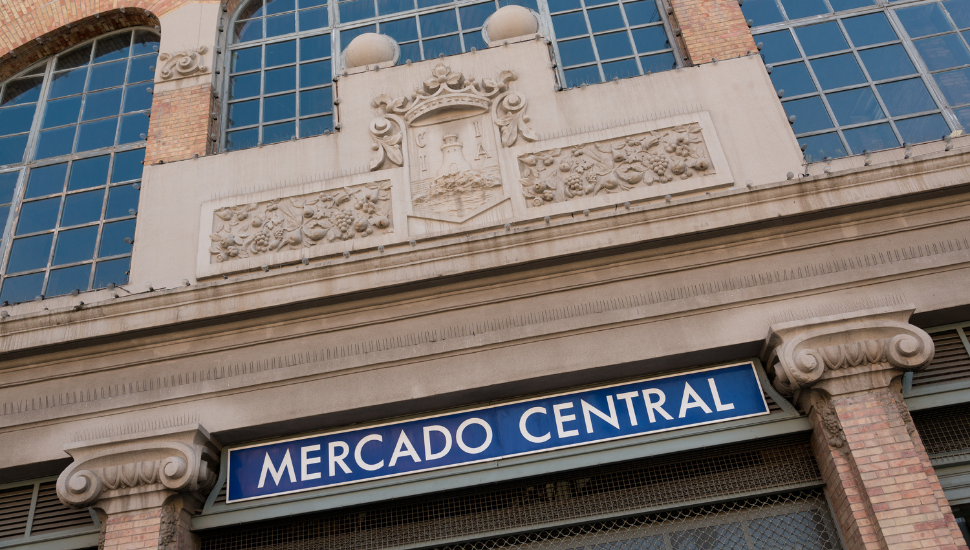
Mercado Central
While undeniably popular with tourists, Mercado Central (central market) in Alicante’s city centre still has a strong sense of authenticity.
This is where locals and visitors come to buy fresh produce including fish, cured meats, fruits and vegetables.
Salted fish is a particular local speciality.
Historically, Alicante has struggled to meet demand for water - and therefore ice production has been limited. As such, salted fish became a necessity, albeit a delicious one.
The external design of the market is worth a visit in itself.
Designed in the 1920s by Enrique Sanches Sedano, this modernist structure has two floors, one of which is a basement.
Part of the market's appeal is that the stall owners all know each other, creating a real sense of community. Many of the stalls have been passed down through the generations.
Most visitors leave the Mercado Central in a great mood, such is the friendliness of the stall owners who are incredibly proud of the quality of their produce.
Picking up food from here is a more direct way of supporting local farmers and providers - in preference to buying it through large big-brand stores or hotel chains. It will also be cheaper.
Tardeo at Mercado Central
No one does day-time drinking like the people of Alicante (and certainly not the Brits!).
Here, youngish locals gather outside the Mercado Central on a Saturday afternoon, then proceed to do the things that are usually done at night: eat tapas, drink, dance and socialise.
Both men and women dress up for the occasion, which often involves live music.
As a visitor, you're sure to be welcomed by the affable locals. Simply pull up a chair at an al fresco eatery and enjoy the lively atmosphere.
Drinks and tapas - known in this area as 'tapeo' - will embolden you to try your Spanish on nearby partygoers.
These relaxed affairs are not a race to the finish - they are a steady way to ease into an evening of fun. After all, Spaniards party long into the night!
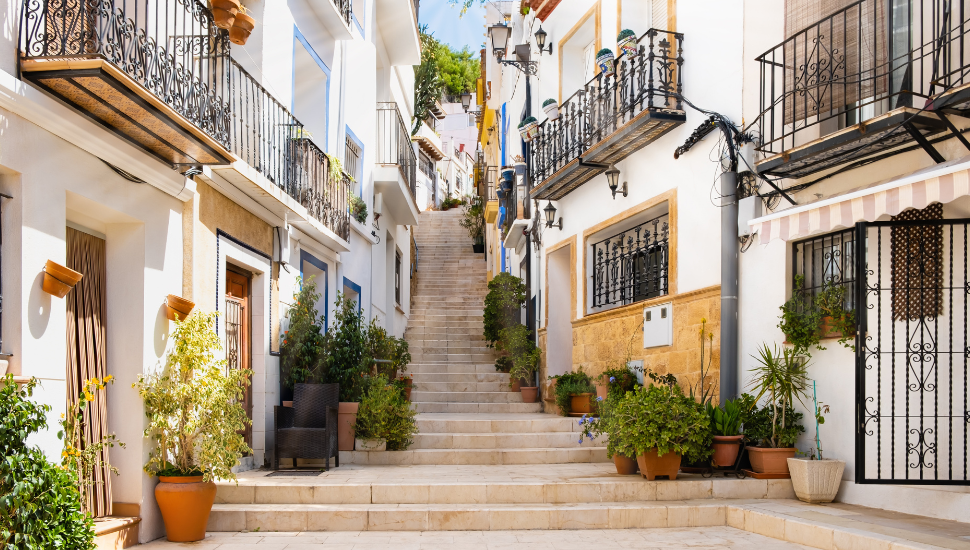
Barrio de Santa Cruz
'Barrio' means 'neighbourhood' in Spanish - a term used across the county for the different areas. But in Alicante, Barrio de Santa Cruz is known simply as 'el barrio'.
This is one of the city's most picturesque areas, and is well worth exploring for an hour or two.
While sauntering around the cobbled alleys is a pleasure in daytime, it really comes alive in the evening, when it becomes the city's chief nightlife zone.
On one of the barrio's streets you can glimpse something called El Carro del Moro - or 'the face of the Moor'. The top of Castile de Santa Barbara can be seen, and below it in the rocks, what looks like a man's face. See if you can find the street with this memorable view!
You’ll doubtless encounter the occasional UK stag or hen do in this area, but to a much lesser degree than Benidorm.
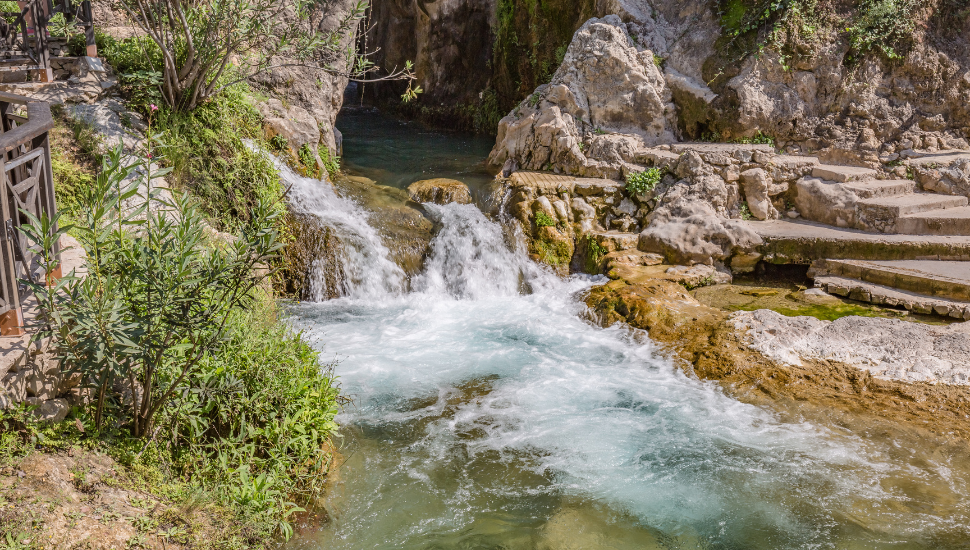
Fuentes de Algar
Fuentes de Algar - the Algar waterfalls - is a great place to relax for a few hours after the hustle and bustle of the city.
The best way to reach Algar is by rental car. The 45-minute journey takes you through some truly spectacular scenery.
Look out for bull-shaped billboards along the way. The originals advertised Osborne brandy, but once alcohol advertising was banned, they were replaced by large black bulls. Oddly, the bull is the logo of the Osborne brandy company!
Once at the waterfalls, aim to park downhill as parking prices rise considerably nearer the top.
You can then access the stunning waterfalls for just €5. And yes, swimming in the pools beneath is permitted - which is much needed relief on a hot day!
There's a highly recommended 1.5km walk around the waterfalls, giving you the chance to see the area in its full majesty.
You'll see an abundance of lavender, thyme and fruit here, where the growing conditions are perfect. A genuine assault on the senses, the lavender trees are aromatic and vivid, while your ears will be filled with the sound of rushing water.
Be aware that even in summer the waters here are chilly, but you'll soon get used to the temperature after your first plunge. There's also a special plunging platform for the truly adventurous.
Don't miss the main waterfall, where you're sure to get some amazing Instagram shots.
Arrive early to avoid the crowds.
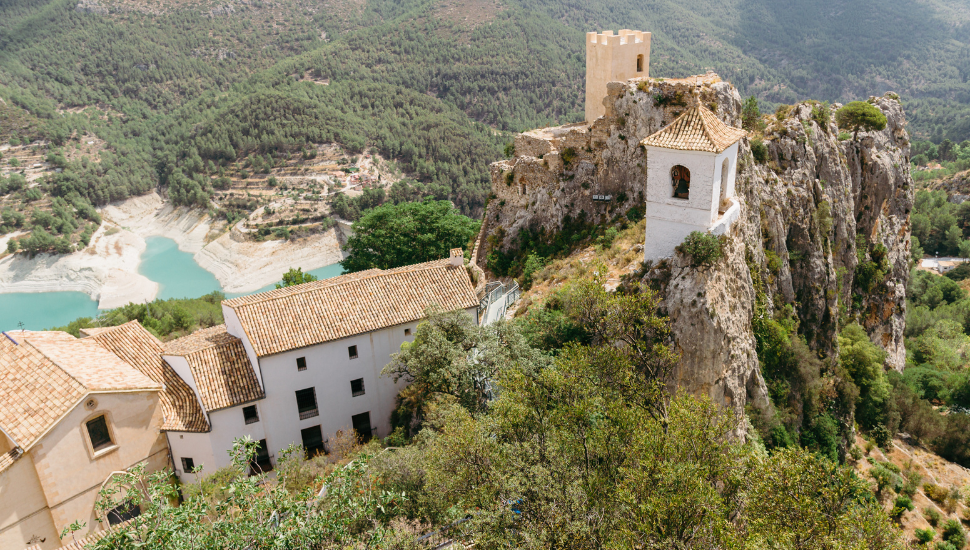
Castell de Guadalest
The mighty Castell de Guadalest dominates the Guadalest valley, itself nestled between the Xortá and Serrella mountains.
Considered one of the prettiest villages in all of Spain it offers superb views down the valley and across the turquoise blue lakes.
Built by the Moors more than 1,300 years ago, the castle is perched on a pinnacle of rock.
As a rather eccentric counterpoint to the amazing views, you can also visit the Museo de Saleros y Pimenteros (Salt and Pepper Shaker Museum), home to more than 20,000 salt and pepper receipticals from across the globe!
Located up the coast, Guadalest takes less than an hour to reach by car - but there are also guided tours for those without rented transport.
You could complete the trip in a morning, but with so many pleasant cafes and restaurants to enjoy, you may wish to spend the whole day here.
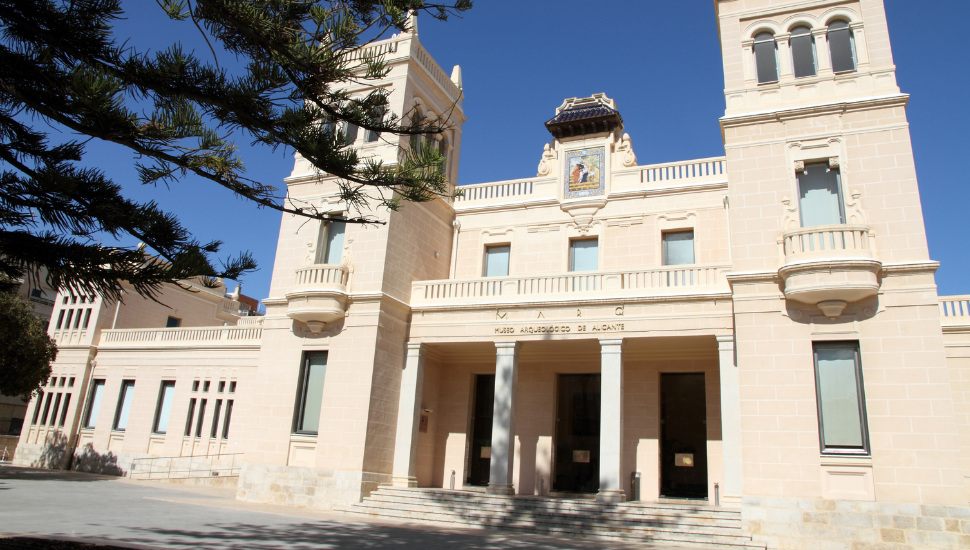
MARQ Museo Arqueológico de Alicante
This superb museum houses a number of themed exhibitions: Etruscans, Phoenicians, Visigots and Romans are all featured, as is general Iberian history.
With many interactive displays among the ancient artefacts, children are likely to enjoy the visit. It's a rather large museum, so do keep tabs on the little ones as they could get lost.
Costing 3 euros for adults and nothing for under-8s, MARQ offers excellent value.
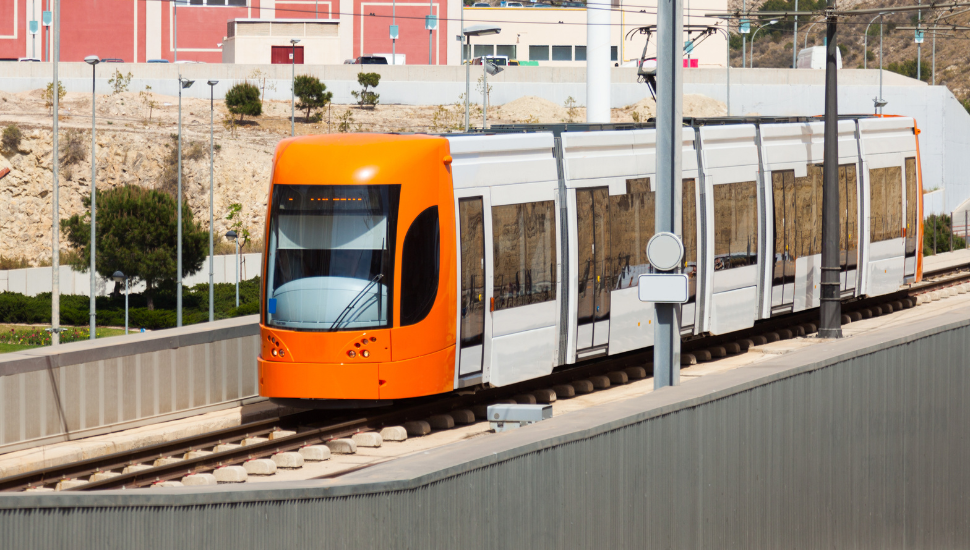
Getting around Alicante
Alicante's tram system is the cheapest and often most convenient way to explore the city and its surroundings.
As well as serving the key barrios, it extends down the coast - so it's a great way to explore some less-visited beaches and towns.
There are six tram lines spread across three zones, costing €1.45 for a zone A single ticket, and €3,90 for a single across all three zones (A, B and C).
If you buy a travel card these costs are halved - making it significantly cheaper than the London Underground, for instance.
Buy your tickets from the machines located in every station.
Beware you have to press a stop button to get off at your desired stop - just like a bus. It's important to remember this at quiet times since it's possible no one else will want to get on or off at your stop.
Climate: What is the weather like in Alicante?
As a city located on the Costa Blanca, it's no surprise that Alicante enjoys hot, sunny summers.
To avoid the extreme heat and large crowds of July and August, consider visiting in spring or early autumn.
Winters are very mild and sometimes wet - but the area is still ideal for escaping the extreme cold of November, December, January and February in the UK.
That said, May to October are the prime months for sunseekers.
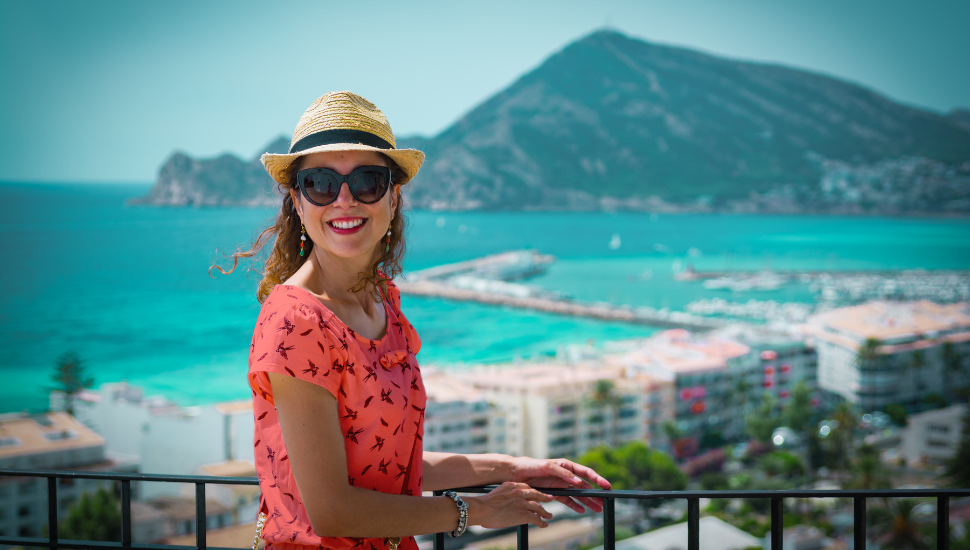
How much is accommodation in Alicante?
- Upmarket hotel: £130+
- Regular hotel: £60+
- Guest house: £20-30+
- Private room: £20+
- Hostel bunk bed: £17 - £50
- Campsites and wild camping: £12+ /free
While many UK tour operators run package holidays to Alicante and its surrounding beaches, the area has avoided the mass-tourism feel of Benidorm just 40 minutes' drive up the coast.
Alicante hotels
While Alicante has a more upmarket feel than much of the Costa Blanca, hotel prices are very reasonable compared to the UK.
A well-rated four star could cost as little as £60 a night if booked in advance, although high end spa hotels can be double this and more.
And of course you’ll pay less if you avoid the peak summer months when demand soars.
Alicante guest houses
For those on a budget, there are numerous 'hostales' or 'pensiones' - simple guest houses costing £20 - £30 per night.
These are generally clean and well-run, but do read the reviews carefully before booking. These establishments tend to be located in the city centre, so don’t expect lavish sea views or the mod-cons of a ‘proper’ hotel.
Private rooms in Alicante
There are also many private rooms in peoples' apartments and houses.
These can be as low as £20 per night, but they may not come with the sense of true freedom that a hotel or guest house offers - since you may be sharing it with the owner.
Alicante hostels
The very cheapest option is a backpacker-style hostel - although some of these have gone upmarket in recent years and therefore cost more than they once did.
Expect to pay from £17 to £50 per night.
Naturally, with hostels you get a bunk bed in a shared dormitory, but they can be a great way to meet people and are ideal for those exploring the Alicante region on a shoestring.
Alicante campsites and wild camping
If you have a car and a tent, you can use one of the campsites located near Alicante. They are also a good choice if you have a motorhome.
Conversely, wild camping - where you simply pitch up your tent somewhere - is not permitted near the Mediterranean coast. However, inland in rural areas it may be tolerated.
Given the low cost of campsites, you’re arguably better off paying for a pitch.
Get a Quote